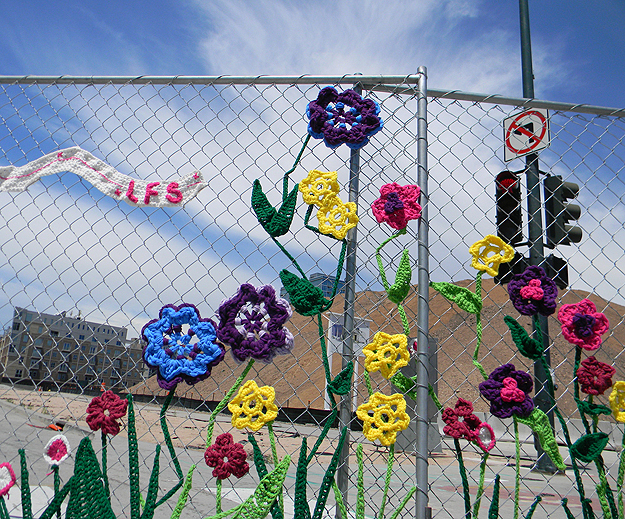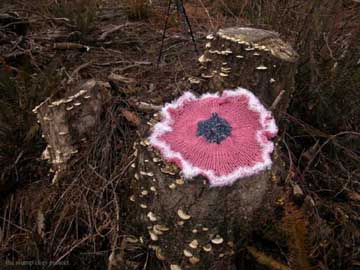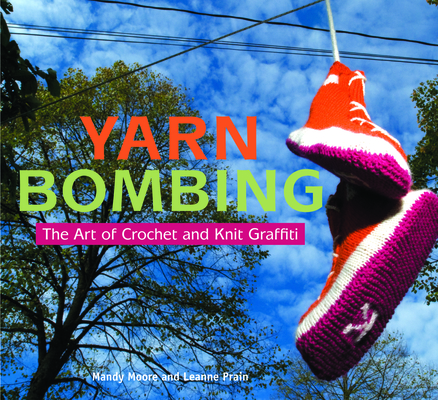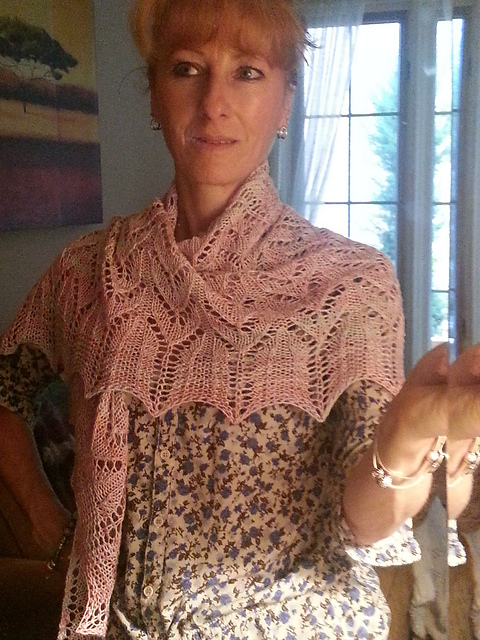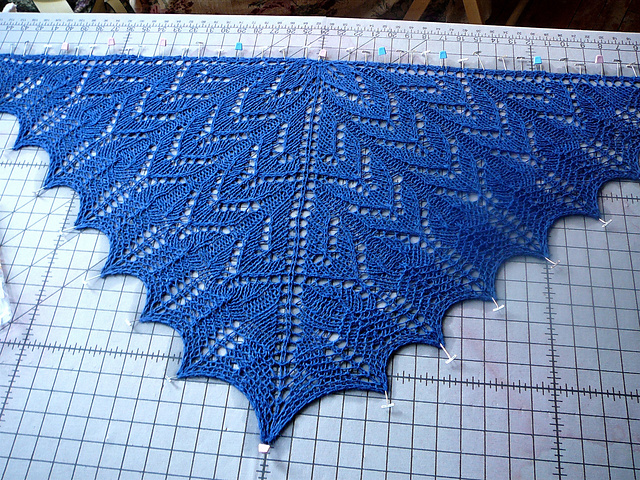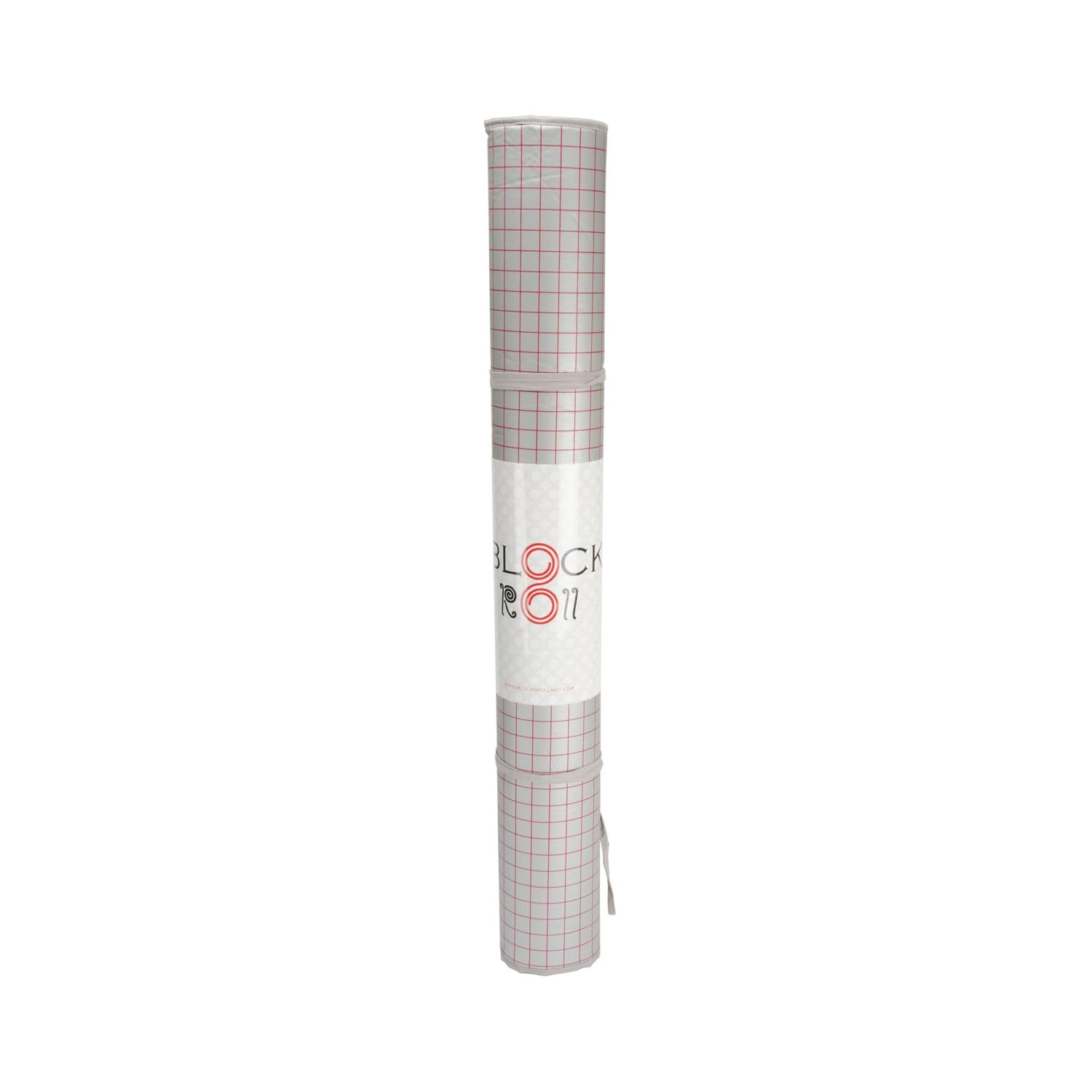Hello there! Welcome to a cross-over blog entry...one of the Quilt Girls,
Shannon, got her hands on some yarn, and we thought we'd share the details of just what happened.
Shannon has a thing for circles, and usually it's contained to the sewing realm, but one day, she was working with her step-daughter, making some pom poms, and creativity struck. They decided to make a mobile from all the colourful, fuzzy pom poms. Here's how...
****
We started with a bunch of scrap yarn, to which I added a few irresistible
Dye Hard Merino Minis. These mini skeins are so rich and colourful - and the perfect size for making pom poms!
You can use cardboard templates, or you can pick up a couple modern wonders:
Clover Pom Pom Makers. Don't forget to grab a good, sharp pair of scissors.
 |
| Pom Pom tools...templates or gadgets - you choose! |
I grew up using the
cardboard templates. You can download one from
Mia's Craft Ideas (it's got several sizes to choose from) and cut them out from cereal boxes. They work just fine, but there's a bunch of cutting to do before you get to the fun part.
Last year, I discovered the joy that is the
Clover Pom Pom Maker. They come in lots of different sizes (and we've had them here at The Yarn Store) from teeny to jumbo. For this project, I used the two small ones, and one large one (the smaller of the pair). They are super easy to use, and the results are fantastic.
TO MAKE POM POMS:
If you're using the cardboard templates, the instructions are basically the same as using the 'Maker, but you'll want to work with shorter cuts of yarn, since you have to pull the whole thing through the hole. I'll be showing you how to use the Clover 'Makers.
 |
| 1. Trap one end of the yarn between a pair of arms. |
 |
| 2. Gently begin wrapping the yarn around the pair of arms. Continue wrapping until the arms are evenly full, but not too bulky. |
 |
| 3. When one side is full, fold those arms into the centre, and pull out the other pair, continuing to wrap with the yarn. When evenly full, fold the arms in. |
 |
| 4. With the tool all folded in, use sharp scissors to cut the yarn. There's a handy space between the arms just for this. Be sure to keep the arms closed. |
 |
| 5. Here's how it looks with one half snipped. Now trim the other side - but keep the tool closed! |
 |
| 6. Take a length of yarn (check to make sure it's strong enough not to break when you pull on it) and wedge it into the space between the arms, and tie a good knot. I usually flip the tool over and tie a second knot on the opposite side, just to be sure. |
 |
| 7. Gently lift each arm up and out from the tied, trimmed yarn. Make sure you snipped every piece of yarn, otherwise you'll have trouble opening it. Getting excited yet? |
 |
| 8. Pull the sides of the tool apart (by holding on to the white parts, one in each hand), and then pull your pom pom off the pin. Yay! Hold the long strings, and shake it out! |
 |
| 9. Trim any straggly, hairy bits from your pom pom. If your pom pom looks somewhat oval, you've used too much yarn for the 'Maker. Shape the pom pom as desired, and know that you can use less yarn next time. |
 |
| It's easy to get carried away! |
Here lies the pile of pom poms we popped out! Now, onto the Mobile part of this project.
TO MAKE THE MOBILE:
You could choose to get all creative and scientific and test your balance-building skills and make a truly twisty mobile with arms, but we went for simple. Sticking with the circular theme, I found an inexpensive masonite floral ring at a craft supply store. I decided to wrap the ring with fabric, but you could do it with yarn, too. Keep your sharp scissors on hand, and add a glue stick or glue gun.
This 14" circle used about .25 m of cotton print fabric (from
Riley Blake,
Sugar & Spice), cut into 3/4" bias strips (but not a perfect 45 degree bias). I'm a raw-edge kinda girl, so I didn't fold or finish the edges. Bias edges will get slightly fuzzy, but the strips won't disintegrate, and the extra stretch will make it easier to keep the fabric smooth over the curves.
Swipe a little glue on the end of a bias strip, and stick it to the ring. If you're using a styrofoam ring, you will probably need to pull out the big glue gun to make it stay. When you reach the end of the strip, just glue it down. Then, begin by gluing the next strip on top of it. I didn't bother gluing anything in the middle of the strips, but you can if you're feeling a little controlling.
Once the ring is wrapped, use ribbon or yarn or other string to make the hangers. I cut four even lengths of
1/2" organza ribbon. The ring came with pre-drilled holes (bonus!) so I poked a
big-eyed needle through four opposite holes, and threaded the ribbon through.
Note: watch out for the selvedge ends of the strips! You can't pull ribbon through selvedges. :( Trimming them off when you're making the strips is highly recommended.
Tie the bottom ends of the ribbon, keeping them as identical as possible. Then, gather the top ends together and fasten them with a knot, or tie or stitch them over a ring for hanging. Be sure the ring hangs level, with even weight on all ribbons.
 |
| Make a layout. Rest assured it will probably change. |
Next, find a space to lay out your pom poms. Vary the sizes, the colours, and whatever other variables you've introduced (types of yarn, etc.) and the distance from the ring. Take a picture or make notes to (try to) avoid obsessing about the layout.
I decided to use
1/8" wide ribbon to dangle the pom poms, to allow them to spin and sway in the breeze. First, tie a loop at one end of the ribbon. Using the tails of the string that tied the pom pom, tie the ribbon loop tight to the centre of each pom pom, being careful not to snag any of the pom pom fluff in the knots. Trim the tails so they don't show.
Tie the pom poms to the ring, varying the height/hang of each pom pom according to your layout, checking occasionally to make sure the mobile still balances evenly.
 |
| The Pom Pom Mobile, completed |
This is such a fun (and flexible) project to do with kids, or by yourself. The great thing about this mobile, is that the dangling bits actually have a shape when you're looking up at it from underneath. The hardest part will be to stop making pom poms!
For your safety and enjoyment, be sure to hang the Pom Pom Mobile out of reach of curious kitties and grabby baby fingers.





































